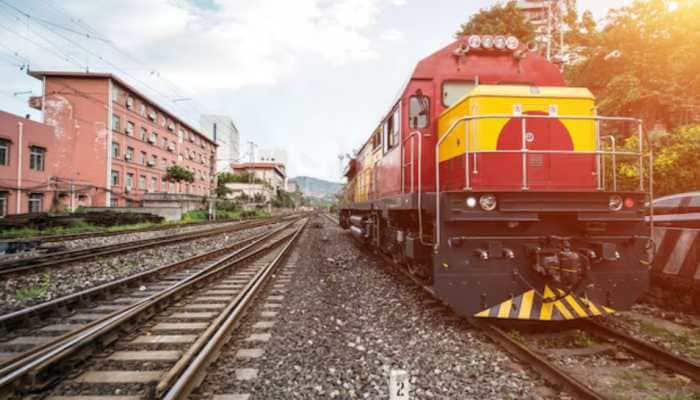Govt completes inspection 1.6 lakh bridges, plans new tech
The ministry last year launched the Integrated Bridge Management System (IBMS) to create data of all bridges and culverts in the country as part of steps to avert mishaps.
Trending Photos
)
New Delhi: The road ministry has completed safety audit of 1.6 lakh bridges in the country and found 147 structures in dilapidated condition.
The ministry last year launched the Integrated Bridge Management System (IBMS) to create data of all bridges and culverts in the country as part of steps to avert mishaps.
"IBMS has completed the first phase of inventory and inspection of all types of bridges, which comes to 1,60,186. of these 147 bridges were found to be dilapidated and calls for immediate attention," Road Transport and Highways Minister Nitin Gadkari told PTI.
He said 23 such structures were found of over 100 years of age.
Gadkari said new technologies for monitoring of bridges in real time like nano, laser and sensor were being introduced, while radars, infra ray drones etc will be used for their inspection.
The IBMS was launched late last year at an estimated cost of Rs 300 crore.
Before IBMS there was no system to map the bridges, many of which were constructed during British era and were on the verge of collapse.
"As on date IBMS has a database of about 1.6 lakh structures, including 1.2 lakh culverts, and are being categories under different categories. The system which is an initiative under 'Make in India' drive and will have the minutest details to address all safety and security concerns," the Minister said who chaired a meeting of IBMS on June 30.
The three-year project is being implemented in 18 packages.
The system has data like national identity number, longitude and latitude details, classifications and socio economic details of the area, among others.
The need for this system was triggered as the country did not have any such data, while companies like BHEL had to shell out as high as Rs 50 lakh fee to get the data whether the bridge was compatible for its machines or not for crossing it.
In addition to the structural rating, the bridges are also being assigned socio-economic bridge rating number, which will decide the importance of the structure in relation to its contribution to daily socio-economic activity of the area.
During inventory creation each bridge is assigned a unique identification number or national identity number based on the state, RTO zone and whether it is situated on an National Highway, state Highway or is a district road.
The minister said that the system is such that precise location of the bridge in terms of latitude-longitude is collected through GPS and based on this, it is assigned a bridge location number.
Thereafter, engineering characteristics like the design, materials, type of bridge, its age, loading, traffic lane, length, width of carriage way etc are collected and are used to assign a bridge classification number to the structure.
These are then used to do a structural rating on a scale of 0 to 9, and each bridge is given a structural rating number.
The rating is done for each component of the structure like integral and non-integral deck, superstructure, substructure, bank and channel, structural evaluation, deck geometry, vertical clearance, waterway efficiency etc.
Stay informed on all the latest news, real-time breaking news updates, and follow all the important headlines in india news and world News on Zee News.
Live Tv







)
)
)
)
)
)
)
)
)
)
